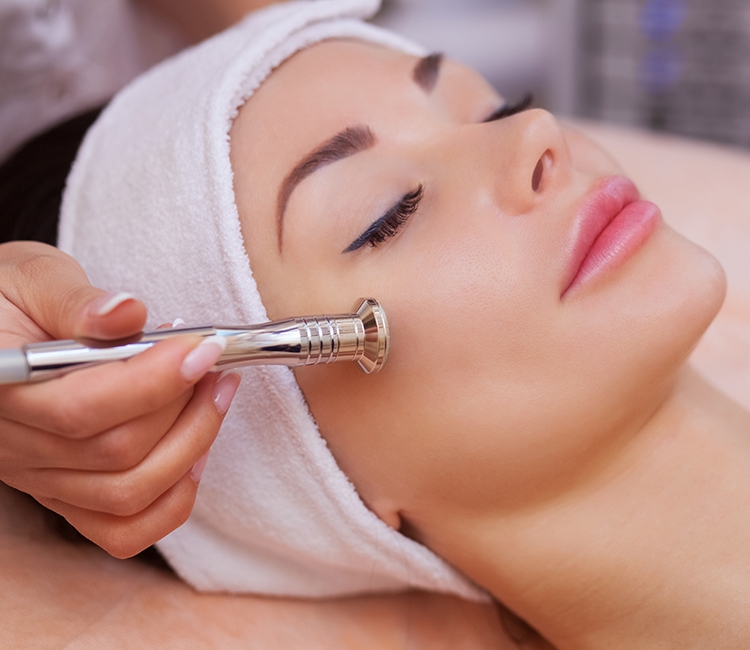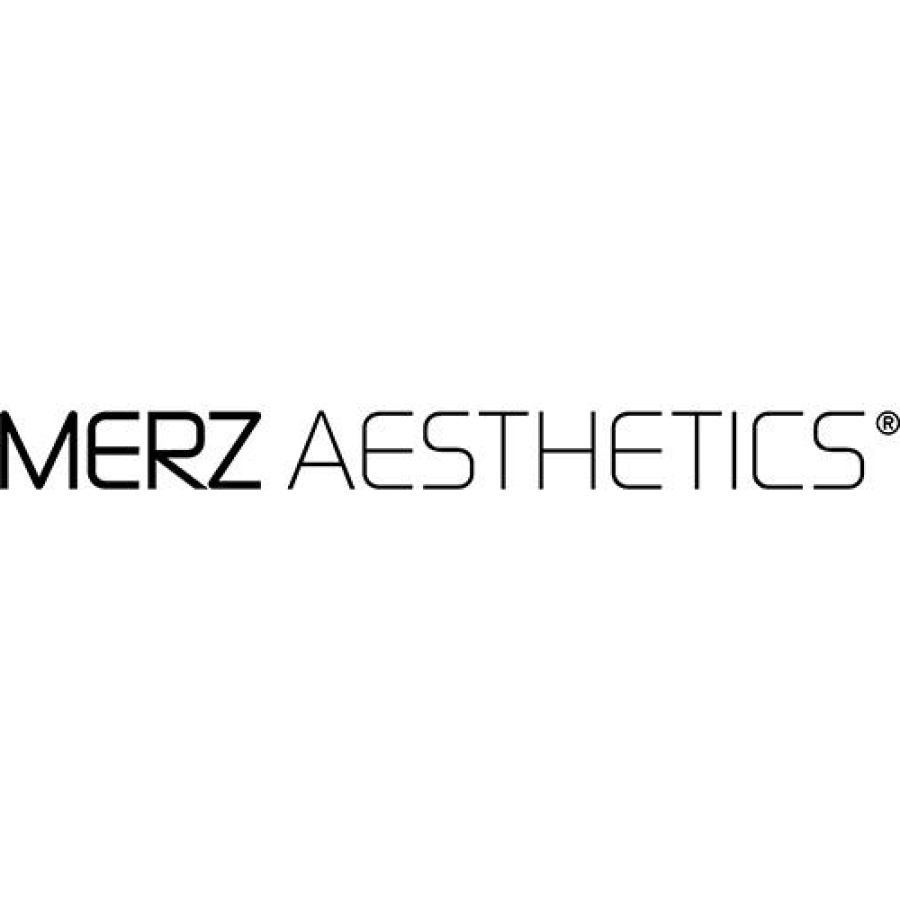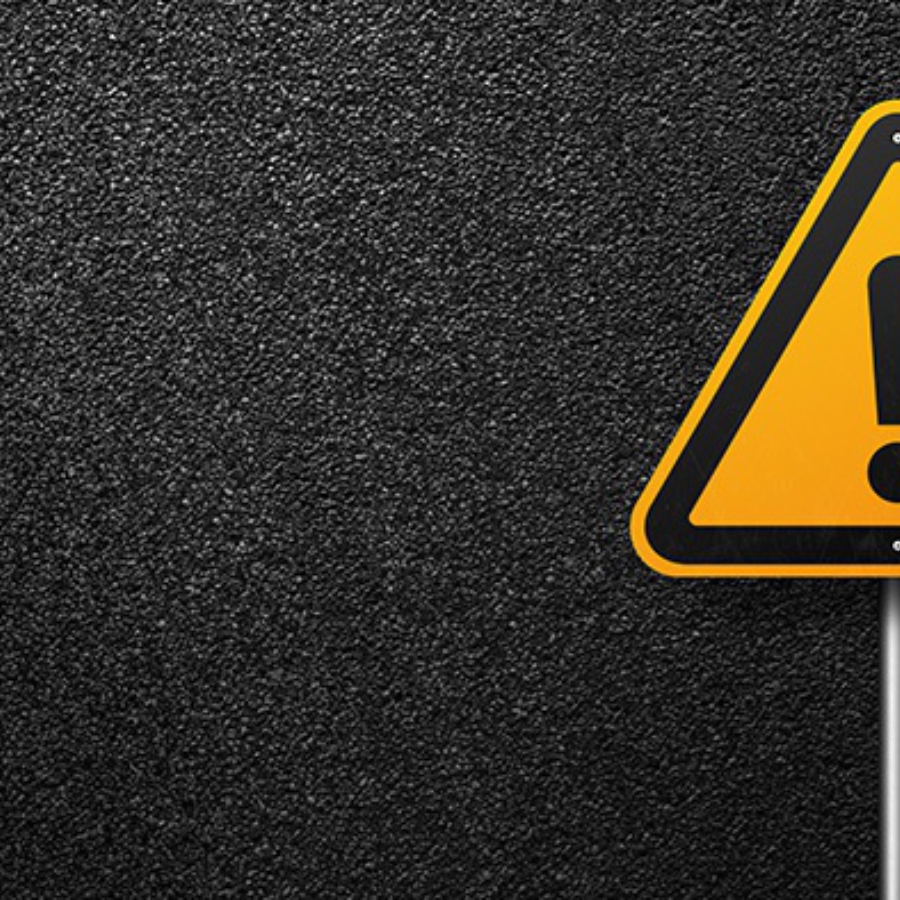
Clinical
Radiofrequency and Non-RF Microneedling Safety: What Patients Should Know
With Molly Muecke, RN, MSN, NP-CMicroneedling is a popular aesthetic treatment offered in 79% of med spas (2024 Medical Spa ...
Posted By Madilyn Moeller, Thursday, July 10, 2025

By Madilyn Moeller, Marketing Content Coordinator
Aesthetic treatments are constantly in the news, whether from botched procedures or the latest celeb treatments: recently, NAD, salmon sperm facials, uber-specific plastic surgery details. One seemingly underrecognized aspect of med spas is the role of the licensed aesthetician. Aestheticians are essential to a med spa's success. As non-invasive procedures continue to dominate the market, aestheticians continue to lay the groundwork for outstanding client outcomes and practice profitability.
Facials and chemical peels are some of the "gateway" services that bring clients in the door of a med spa. These treatments are often the first step in a client’s journey and form the foundation for long-term skin health. They also happen to have low consumable costs and higher margins, contributing to 10% of a med spa's total revenue.
Aestheticians often lead in retail product sales, accounting for 8% of total med spa revenue. In many top-performing practices, aestheticians are the driving force behind skincare and post-procedure product sales, helping clients maintain results and generating reliable, recurring revenue.
Licensed aestheticians have a wide range of responsibilities, depending on state regulations, which can include:
A typical day for a licensed aesthetician in a med spa is a blend of skin science and human connection. In every interaction, aestheticians are building relationships rooted in trust and care, ensuring clients feel both confident and supported in their skincare journey. Activities may include:
Pre- and post-procedure, aestheticians use their specialized knowledge to analyze skin and educate clients about at-home care. In between medical treatments, regular facials and skin treatments are critical to help clients maintain the results of medical procedures and look after the ongoing health of their skin. Patients often ask:
To become a licensed aesthetician in the U.S., individuals must:
These requirements, which vary by state, ensure an aesthetician is well-trained in skin science, sanitation, safety protocols, and ethical client care so they can perform their job safely and effectively. They are thoroughly prepared to assess skin conditions, suggest treatments, and maintain the highest standards of hygiene and safety.
The National Coalition of Estheticians Association (NCEA) grants the highest voluntary credential in the U.S., with an application process that involves a proctored exam and 1,200-hour job task analysis to verify the aesthetician's knowledge, skill and abilities. This NCEA Certified credential is accepted as an equivalency in many states.
Important Note: The title “medical aesthetician” is not a legally recognized term in most U.S. states (though many are adopting "advanced esthetician" or "master esthetician" roles with expanded scope). While aestheticians may work in medical environments, their scope of practice is still regulated by state cosmetology or esthetics boards. Using this title can create compliance and legal concerns.
Once an aesthetician is licensed, they still need to gain experience and will remain under the supervision of a med spa's medical director. In a compliant and ethical med spa, licensed and trained aestheticians follow state regulations and practice-level protocols under appropriate supervision. Generally, med spa aestheticians protect clients and extend the highest standard of care and safety by following board guidelines, such as:
Aestheticians provide the human connection that is essential in fostering long-term relationships and helping clients feel confident in their treatments. They create a safe space for clients to ask questions and voice vulnerable concerns. They pay attention to the client's concerns, educate about available options and follow up after treatment.
“We are selling a feeling and an experience,” says Sahar Saghezchi, LPN, Cupertino Facial Esthetics.
Saghezchi shares how to leverage this human connection in her webinar: The Med Spa and the Aesthetician.
To achieve truly great results from the noninvasive medical treatments in your med spa, patients need to first focus on skin health. Practitioners want to see progress in their skin first before they can talk about a more extensive treatment plan. Usually, this helps new aesthetic patients feel more comfortable as they first get introduced to aesthetic medicine.
“100% of my patients who come in for a consultation with me, 100% without a doubt, are required to see my medical aestheticians for skincare and Hydrafacial prior to anything I do," said Saghezchi. "Before anything I do. That’s how I incorporate my aestheticians in my practice. That is how I say ‘skincare really is the foundation.’”
Skin care products are not frivolous add-ons. The products recommended in safe, reputable medical spas are often "medical-grade," meaning they are clinically tested, formulated with high concentrations of active ingredients, and designed to target specific skin conditions like acne, hyperpigmentation, or aging.
While any licensed practitioner in a med spa may suggest products, it’s often the aesthetician—the provider you see most regularly—who plays the most influential role in your skincare journey. Because they track your progress over time, aestheticians can fine-tune your routine, ensure products are working effectively, and make real-time adjustments as your skin evolves. This level of personalized, ongoing support is what transforms a good skincare routine into one that delivers real, visible results.
Clients come in for a facial and spend 45 - 60 minutes in the treatment chair. It's a longer, more comfortable visit compared to the medical procedures. Aestheticians also see their clients more often than medical personnel, with monthly facials vs. the three or four month follow-up for botulinum toxin.
"And during that hour that they're laying there and they're talking, they're doing the treatment, the patient has a little bit more trust in their provider when their provider makes a recommendation about something or drops the seed about a medical treatment they might be interested in," said Saghezchi.
Aesthetician services are also highly promotable on social media, which helps them bring in new faces. While med spas often set goals to bring in a certain number of clients, an even greater profit comes from cross-promoting within the practice.
If a facial client doesn't know your med spa offers a medical service, they may go elsewhere for their tattoo removal, IPL, exosomes, etc. The more well-versed aestheticians are in the services offered throughout the med spa, the better equipped they are to make recommendations and refer clients for a consultation with one of your medical providers. Investing in the patient relationship is a team effort to retain patients.
Aestheticians continue to be one of the most common staff members in a med spa, and can be found in 61% of practices. There are nearly 80,000 licensed aestheticians in the U.S., and that number is expected to grow by 9% by 2032, according to the Bureau of Labor Statistics. As demand for non-invasive cosmetic procedures and wellness-focused care continues to rise, so does the need for skilled, empathetic professionals.
Percentage of medical spas that offer, as of the latest Medical Spa State of the Industry Report:
Licensed aestheticians are more than service providers; you are educators, relationship builders and revenue drivers whose artistry is essential to patient satisfaction in a successful med spa. As the industry continues to grow and shift with the times, your role will only become more essential. Whether you’re treating acne, calming post-laser skin, or guiding a client through their skincare journey, you are making a lasting impact.
AmSpa is committed to supporting your professional growth through legal, clinical, and business resources designed to help you succeed. Explore AmSpa’s virtual training, legal guidance and business tools built specifically for med spa professionals: learn.americanmedspa.org
Related Tags
Medical spa news, blogs and updates sent directly to your inbox.

Clinical
With Molly Muecke, RN, MSN, NP-CMicroneedling is a popular aesthetic treatment offered in 79% of med spas (2024 Medical Spa ...

Clinical
On November 5, 2025, Merz Aesthetics announced that Ultherapy PRIME® gained U.S. Food and Drug Administration (FDA) clearance to improve ...

Clinical
By Belmar Pharma SolutionsWhen it comes to menopause, a once-taboo topic, the tide has finally changed. Women now have access ...

Clinical
The FDA’s recent safety communication regarding radiofrequency (RF) microneedling devices is a critical reminder: Aesthetic treatments involving energy-based devices are ...